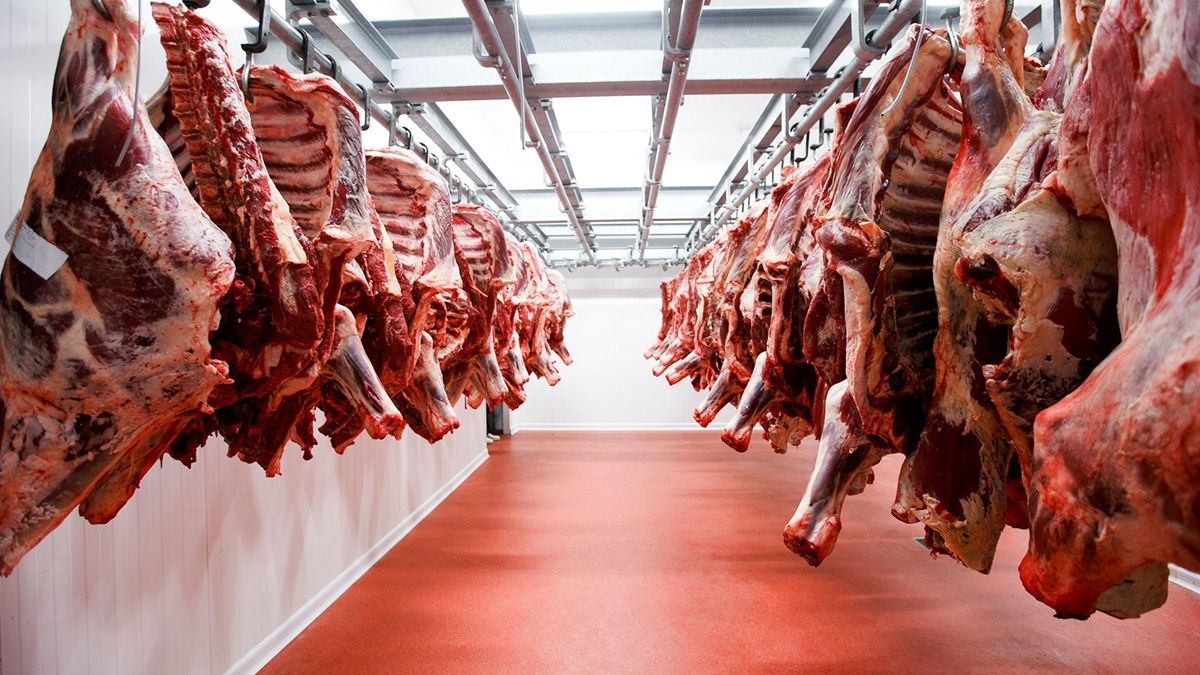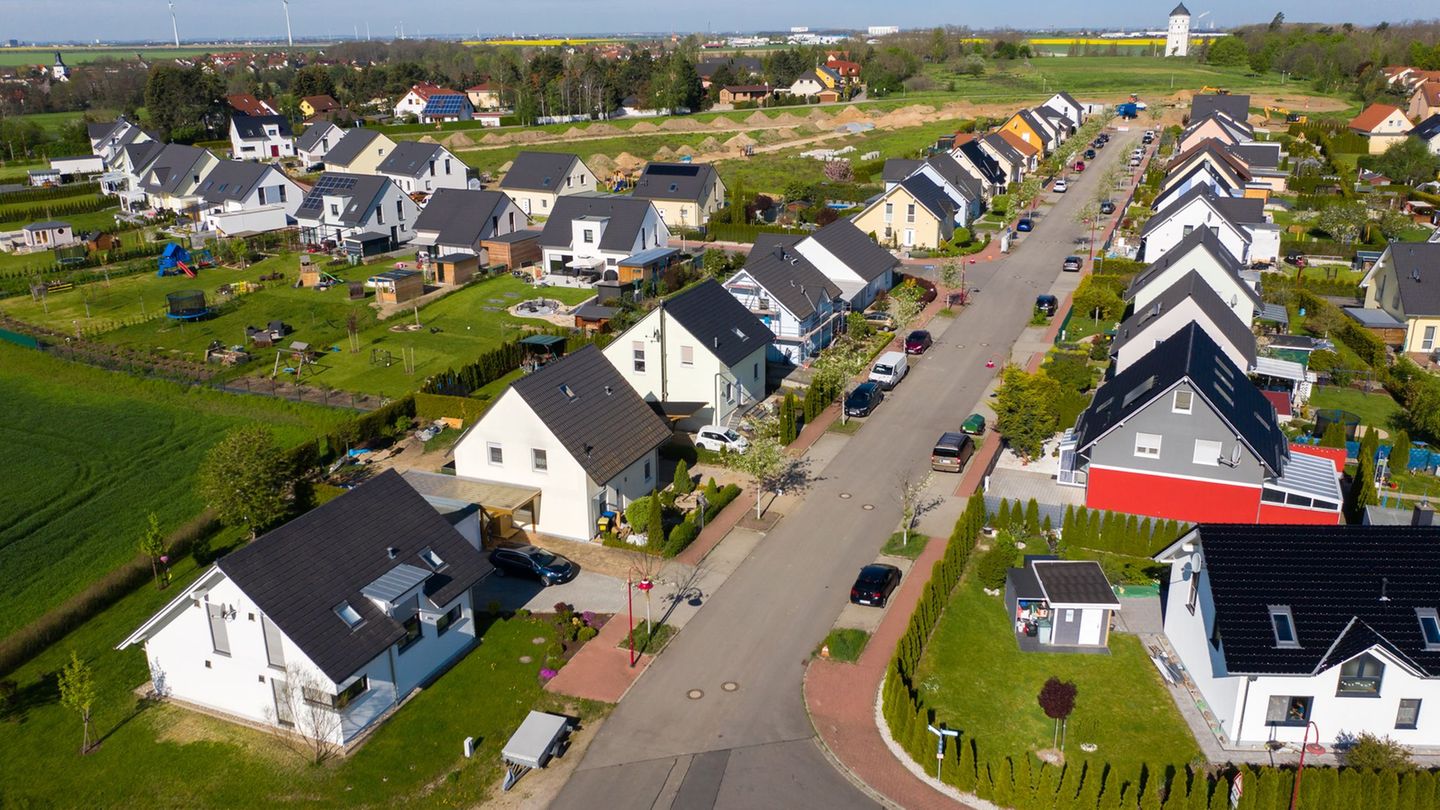The fall in exports is not related in any way to a government intervention in the sector, but the main buyers from Argentina, China and Europe show signs of decline in their economies which in turn impacts their imports and therefore international prices. A complex scenario for the local meat industry, highly dependent on these markets.
“It happens that our two main markets, one by volume and the other by price, continue to be very complicated and begin to curve the auspicious trend of previous months, eroding at an increasingly accelerated rate the gain accumulated up to now. On the one hand, China , with an economy that continues to be in serious trouble, where the slowdown in activity caused by prolonged quarantines continues to take its toll on the main growth indicators.On the other hand, Europe, directly suffering the consequences of the war in Ukraine, where The energy shortage leads to a general increase in costs that is reflected in an inflation that is much higher than what consumers are accustomed to putting up with.Added to this, the strength of the dollar against the rest of the currencies means that both markets see a decimation of their purchasing power abroad”, they explain from the Rosario Rosgan Livestock Market.
The numbers speak clearly and between both destinations, in the last two months, Argentina stopped entering foreign currency for about US$45 million, as a result of the fall in values, which has increased since August.
In this framework, from the Rosgan they remark: “The question is how far we are from stabilizing a floor and how long the fall could be. The reference values that the industry manages continue to test new setbacks with respect to the prices of September. In the case of RAL Hilton (“Ramp & Loin”), according to APEA data, the reference corresponding to the first fortnight of the month lost again some US$1,300, standing at US$9,700 per ton. Garrón y Brazuelo (“Shing & Shang”), which is exported to China, went from US$6,000 to US$5,700 in just 15 days.
Clearly the pace of shipments is also being affected. Export certifications reported by SENASA so far in October show a significant slowdown in shipments compared to September data. In the case of Europe, the arrival of winter in a context of severe energy restrictions does not offer the best scenario for recovery in the short term. Meanwhile, China, which due to the seasonality of purchases should be going through the months of greatest commercial activity, apparently continues to have very heavy stocks in the hands of importers who have taken a position without considering the drastic brake that prolonged confinement would generate on consumption.
Domestic market and consumption
The situation in the domestic market does not show positive indices either. In the first place, the drought accelerated the slaughter of animals, both for domestic consumption and for export, which in the short term will generate a greater supply of product in the gondolas. Meanwhile, prices at auctions and fairs for live cattle are showing a retraction and, in turn, beef on the shelves was at values that move well below general inflation.
Until not so long ago, the product showed annual increases of more than 20 points above general inflation, but for at least three months that trend has declined and meat shows very limited increases.. Average prices are not moving but the truth is that the consumer’s purchasing power is still severely punished and consumption is far from taking off. The reality shows that while meat does not increase, other products of the basic basket are showing increases of more than 200% in just one month. For example, a kilo of potatoes is priced at $400 in greengrocers in the Federal Capital and surroundings, while a kilo of meat is around US$1,000. In this comparison, beef is cheap, but buyers are far from being able to recover consumption. A dead end for both refrigerators and consumers who eat less and less meat.
Source: Ambito
David William is a talented author who has made a name for himself in the world of writing. He is a professional author who writes on a wide range of topics, from general interest to opinion news. David is currently working as a writer at 24 hours worlds where he brings his unique perspective and in-depth research to his articles, making them both informative and engaging.




